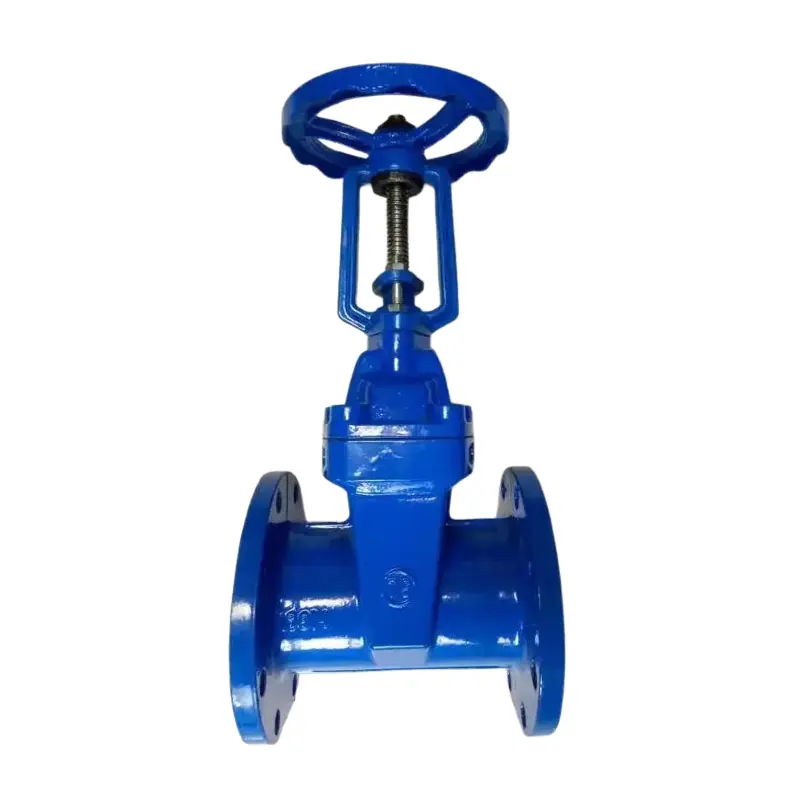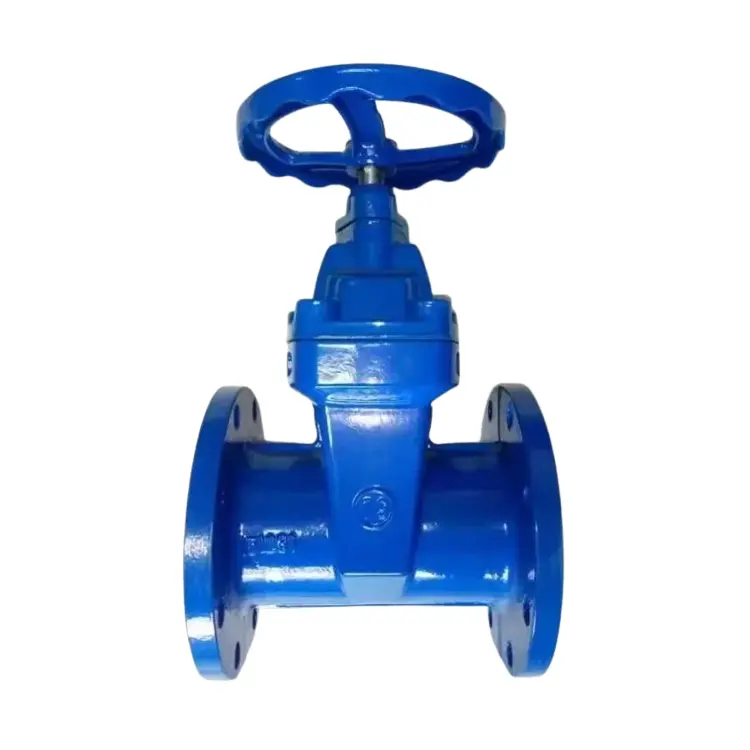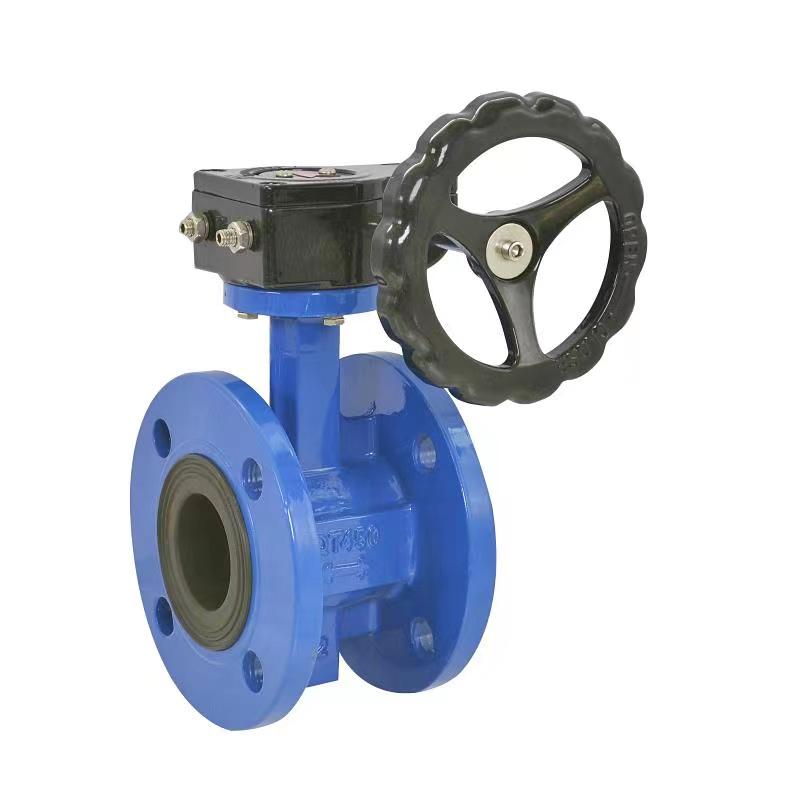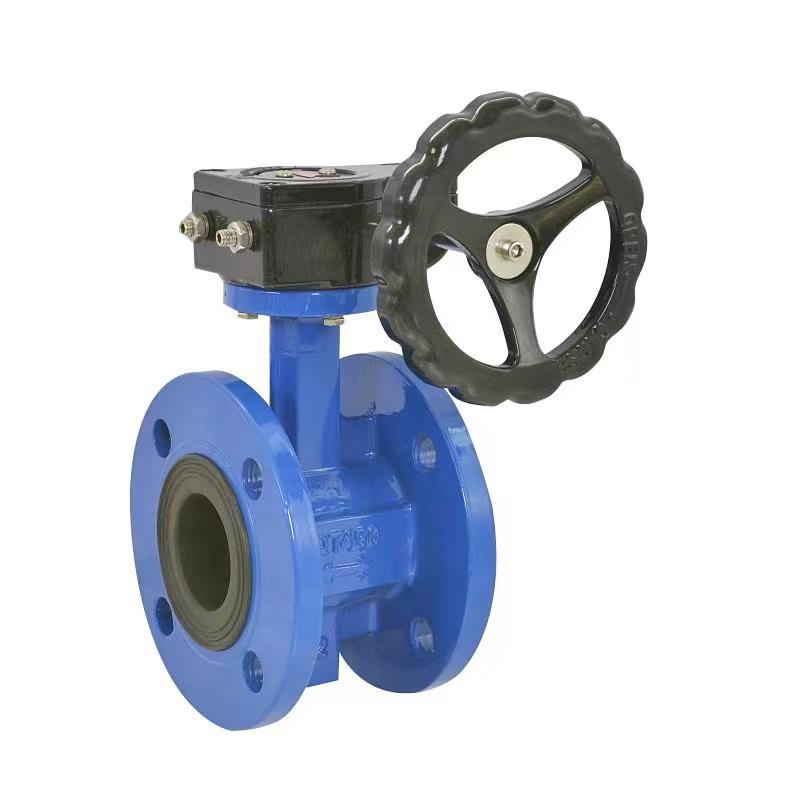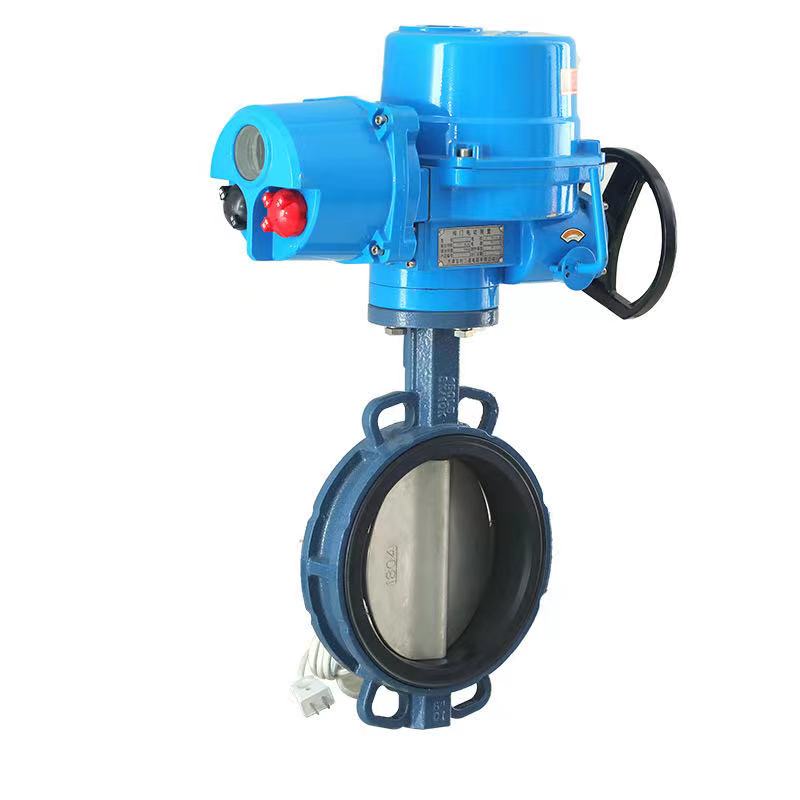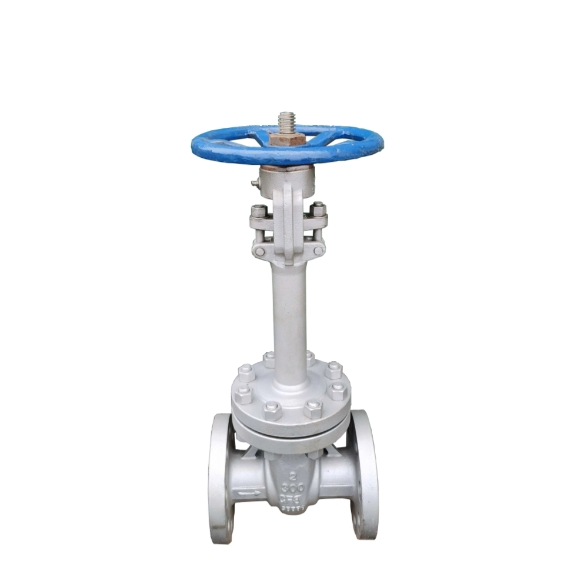- English
- Español
- Português
- русский
- Français
- 日本語
- Deutsch
- tiếng Việt
- Italiano
- Nederlands
- ภาษาไทย
- Polski
- 한국어
- Svenska
- magyar
- Malay
- বাংলা ভাষার
- Dansk
- Suomi
- हिन्दी
- Pilipino
- Türkçe
- Gaeilge
- العربية
- Indonesia
- Norsk
- تمل
- český
- ελληνικά
- український
- Javanese
- فارسی
- தமிழ்
- తెలుగు
- नेपाली
- Burmese
- български
- ລາວ
- Latine
- Қазақша
- Euskal
- Azərbaycan
- Slovenský jazyk
- Македонски
- Lietuvos
- Eesti Keel
- Română
- Slovenski
- मराठी
- Srpski језик
- Esperanto
- Català
- שפה עברית
- Cymraeg
- Latviešu
- icelandic
- ייִדיש
- беларускі
- Hrvatski
- Kreyòl ayisyen
- Shqiptar
- Malti
- lugha ya Kiswahili
- አማርኛ
- Bosanski
- Frysk
- ភាសាខ្មែរ
- ქართული
- ગુજરાતી
- Hausa
- Кыргыз тили
- ಕನ್ನಡ
- Corsa
- Kurdî
- മലയാളം
- Maori
- Монгол хэл
- Hmong
- IsiXhosa
- Zulu
- Yoruba
- অসমীয়া
- ଓଡିଆ
- Twi
- Samoa
- Sesotho
- සිංහල
- Gàidhlig
- Cebuano
- Somali
- Тоҷикӣ
- O'zbek
- Hawaiian
- سنڌي
- Shinra
- Հայերեն
- Igbo
- Sundanese
- Lëtzebuergesch
- Malagasy
- Tǝlam Kanuri
- Punjabi
- پښتو
- Chichewa
How high is the pressure resistance of the check valve
2025-08-27
The dry fluid system industry has been around for almost 20 years, and people often ask with check valves, "How much pressure can this thing withstand?" You should know that check valves, as "one-way gatekeepers," not only need to prevent backflow, but also withstand pressure shocks in the system - their "pressure resistance ability" is directly related to the safety of the entire pipeline, but this ability is not fixed and contains many details.
Let's talk about the influence of materials first, it's not a tiny difference. The most common cast iron check valve is a "low-pressure expert", usually capable of withstanding pressures of 1.0 to 1.6 MPa, and is mostly used in residential water supply and drainage pipelines. Last time I helped repair the water pipe in the old community, the cast iron check valve I removed took five years to use and was more than enough to handle daily water pressure. The cost was also low, but it couldn't fit into high-pressure scenarios.
If it is replaced with a cast steel check valve, the "pressure resistance" will come up, and pressures ranging from 2.5 to 6.4 MPa can be stably caught. I have seen in refineries that the medium and high pressure pipelines transporting crude oil are all supported by cast steel check valves - the fluid pressure fluctuates, but the valve body remains unchanged. If it were replaced with cast iron, it would have been a problem long ago, let alone preventing backflow and protecting equipment.
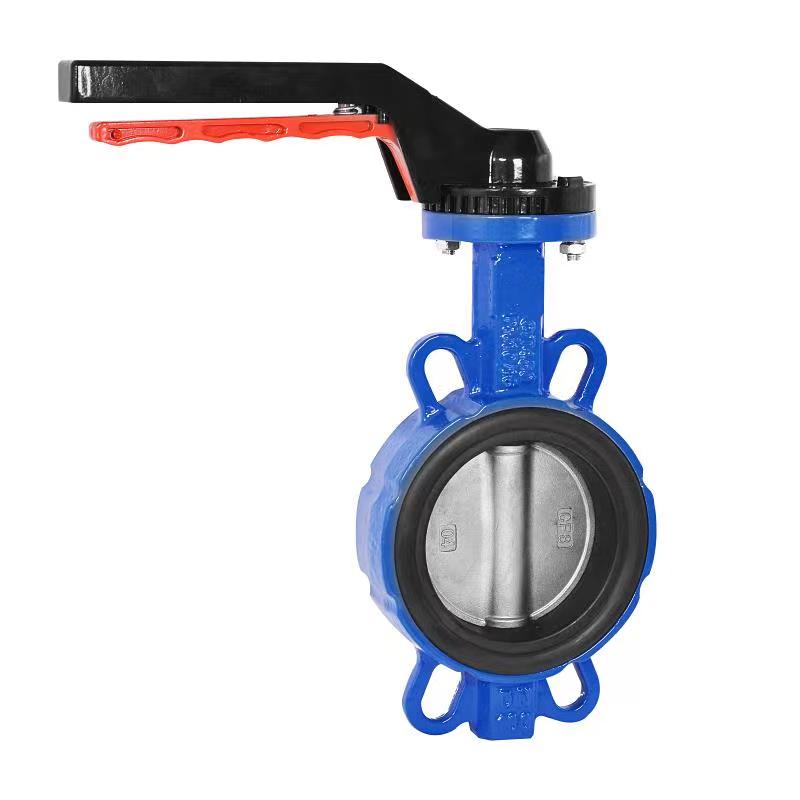
The most powerful one is the stainless steel check valve, which not only has corrosion resistance, but also can withstand pressure up to 10MPa or more. Last year in the marine engineering project, the pipeline soaked in seawater used it, which had to withstand high-pressure seawater impact and prevent seawater corrosion. It has been used for almost two years without any problems. There are also food and pharmaceutical factories that have high requirements for hygiene and corrosion resistance. Stainless steel check valves can withstand production pressure without contaminating the medium, killing two birds with one stone.
In addition to the material, the structural design also hides a 'pressure resistant code'. The rotary check valve is like a gatekeeper who can "open the door by turning". When the rocker plate rotates, the pressure can spread along the structure, making it particularly stable in high-pressure environments; Lift type check valves are like elevators, with valve discs sliding up and down and good sealing. However, conventional models are more suitable for medium and low pressure, but some special designs can also withstand a lot of pressure. Choose according to specific needs.
Finally, I have to remind you: when choosing a check valve, don't just look at the "pressure resistance value", you need to first understand the temperament of your system - how high is the working pressure? Is the medium water, oil, or corrosive liquid? Only by thoroughly understanding these and selecting the corresponding materials and structures can the check valve truly shoulder the "safety burden". Otherwise, even the best valve will be useless if used in the wrong place!
Related News
New Products



